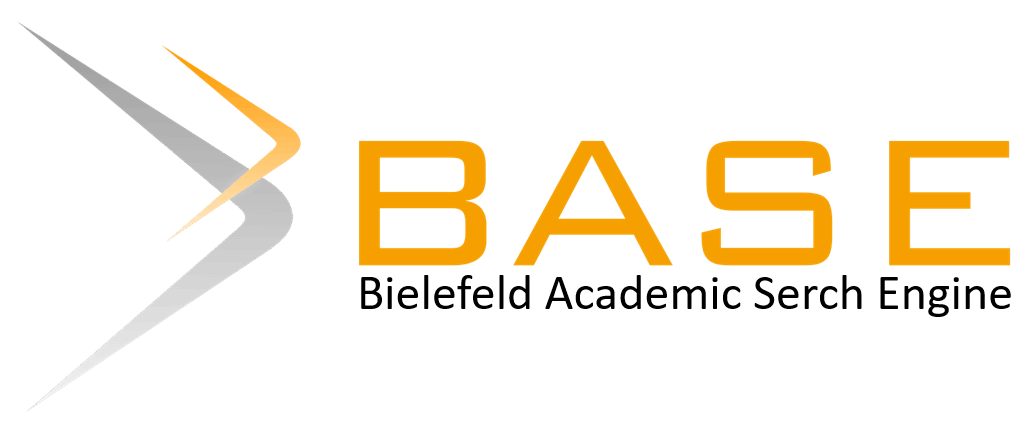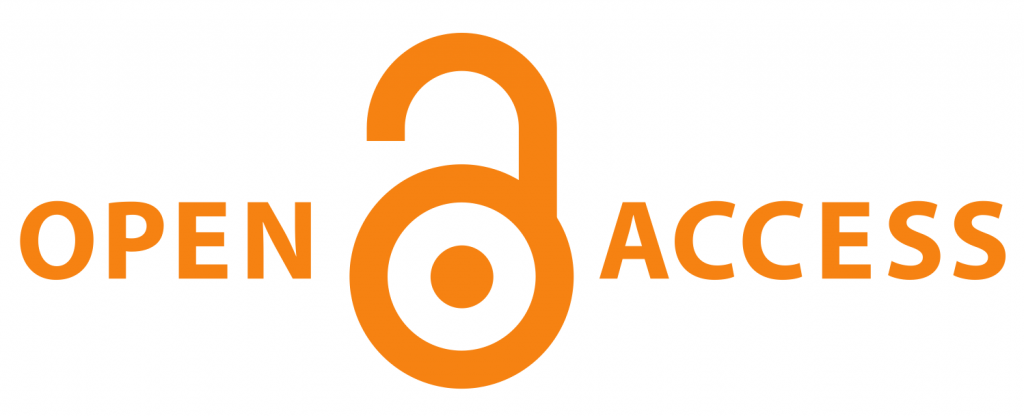Öz
Sağlıkla ilgili bilgi arayan bireylerin en sık başvurduğu platformlardan biri YouTube’dur. Bu nedenle bu çalışmanın amacı, YouTube®'da bulunan fleksör tendon yaralanmaları ile ilgili videoların güvenilirliğini ve kalitesini değerlendirmektir. Kesitsel tipteki bu YouTube video çalışmasında, "flexor tendon injury" anahtar kelimesi kullanılarak bir arama yapılmış ve 50 video analiz edilmiştir. Videoların karakteristik özellikleri kaydedilmiş, güvenilirlikleri ve kaliteleri modified DISCERN ve Küresel Kalite Skalası (KKS) kullanılarak değerlendirilmiştir. Çalışma kriterlerine uyan toplam 40 video analiz edilmiştir. KKS’ye göre videoların kalitesi orta düzeyde olup, ortalama puanları 3,14/5 olarak bulunmuştur. Güvenilirlikleri ise sorgulanabilir düzeydedir (2,78/5). Videoların yarısı hekimler tarafından hazırlanmış olup, video üreticileri veya içerikleri arasında kalite ve güvenilirlik açısından istatistiksel olarak anlamlı bir fark bulunmamıştır. Video üreticileri ikili olarak karşılaştırıldığında, hastalar tarafından oluşturulan videolar (diğerleri kategorisi hariç) tüm gruplara kıyasla daha düşük kalite ve güvenilirliğe sahiptir. YouTube’daki fleksör tendon yaralanmalarıyla ilgili videoların kalitesi orta düzeyde olup, güvenilirlikleri sorgulanabilir düzeydedir. İzlenme sayısı, beğeni ve beğenmeme sayıları videoların kalitesini doğru şekilde yansıtmamaktadır. Fleksör tendon yaralanmaları hakkında hastaları bilgilendirmek amacıyla, kapsamlı ve kanıta dayalı bilgiler içeren videoların uzmanlar tarafından hazırlanması önerilmektedir.
Anahtar Kelimeler
fleksör tendon yaralanması fleksör tendon onarımı youtube sosyal medya kalite
Kaynakça
- 1. Sari F, Bazancir Apaydin Z, Sari S. Assessment of reliability and quality of YouTube® exercise videos in people with rheumatoid arthritis. Physiotherapy Theory and Practice. 2024:1-8.
- 2. Hoy JF, Kim JH, Smith SR, Simcock XC. Quality and Reliability Analysis of YouTube as a Source for Patient Education on Dupuytren’s Contracture. Journal of Hand Surgery Global Online. 2024;6(3):318-23.
- 3. Yörükoğlu AÇ, Uzun SU. Accuracy and reliability of YouTube videos as an information source for osteoporosis. Ankara Üniversitesi Tıp Fakültesi Mecmuası. 2020.
- 4. Osman W, Mohamed F, Elhassan M, Shoufan A. Is YouTube a reliable source of health-related information? A systematic review. BMC Medical Education. 2022;22(1):382.
- 5. O'Kelly B, Holmes P, Cheng A, Lee JD, Tofighi B. Dissemination of health content through social networks: YouTube and opioid use disorders. Journal of Substance Use and Addiction Treatment. 2024;165:209475.
- 6. Bahar-Ozdemir Y, Ozsoy-Unubol T, Akyuz G. Is YouTube a high-quality source of information on cancer rehabilitation? Journal of Cancer Survivorship. 2022:1-7.
- 7. Akpolat AO, Kurdal DP. Is quality of YouTube content on Bankart lesion and its surgical treatment adequate? Journal of Orthopaedic Surgery and Research. 2020;15:1-5.
- 8. Kwak D, Park JW, Won Y, Kwon Y, Lee JI. Quality and reliability evaluation of online videos on carpal tunnel syndrome: a YouTube video-based study. BMJ open. 2022;12(4):e059239.
- 9. Svingen J, Arner M, Turesson C. Patients’ experiences of flexor tendon rehabilitation in relation to adherence: a qualitative study. Disability and Rehabilitation. 2023;45(7):1115-23.
- 10. Stevens KA, Caruso JC, Fallahi A-KM, Patiño JM. Flexor Tendon Lacerations. StatPearls [Internet]: StatPearls Publishing; 2022.
- 11. Wu YF, Tang JB. Tendon healing, edema, and resistance to flexor tendon gliding: clinical implications. Hand clinics. 2013;29(2):167-78.
- 12. Bamford E, Berntsson H, Beale S, Desoysa L, Dias J, Hamer-Kiwacz S, et al. Flexor Injury Rehabilitation Splint Trial (FIRST): protocol for a pragmatic randomised controlled trial comparing three splints for finger flexor tendon repairs. Trials. 2024;25(1):193.
- 13. Charnock D, Shepperd S, Needham G, Gann R. DISCERN: an instrument for judging the quality of written consumer health information on treatment choices. Journal of Epidemiology & Community Health. 1999;53(2):105-11.
- 14. Silva EMM, Camargos CR, Pordeus IA, Abreu MHNGd, Vargas-Ferreira F, Mattos FF. Global quality scores of Brazilian public health system-related YouTubeTM videos and their users’ engagement. Brazilian Oral Research. 2024;38:e099.
- 15. ÖRÜCÜ ATAR M, ÖZCAN F. YouTube Platformundaki De Quervain Tenosinovitiyle İlişkili Sağlık Hizmeti Bilgilerinin Kalitesi ve Güvenilirliği: Kesitsel Bir Çalışma. Journal of Physical Medicine & Rehabilitation Sciences. 2023;26(2).
- 16. Kuru T, Erken HY. Evaluation of the quality and reliability of YouTube videos on rotator cuff tears. Cureus. 2020;12(2).
- 17. Özcan F, Gürçay E. Is the information about lateral epicondylitis on the YouTube platform reliable and of good quality? The Physician and Sportsmedicine. 2023;51(5):458-62.
- 18. IZCI EK, KÖYSÜREN AB, YILMAZ C. Beyin Anevrizması Konulu Türkçe YouTube Videolarının Değerlendirilmesi.
- 19. Chang MC, Park D. YouTube as a source of information on epidural steroid injection. Journal of Pain Research. 2021:1353-7.
- 20. Staunton PF, Baker JF, Green J, Devitt A. Online curves: a quality analysis of scoliosis videos on YouTube. Spine. 2015;40(23):1857-61.
- 21. Altun A, Askin A, Sengul I, Aghazada N, Aydin Y. Evaluation of YouTube videos as sources of information about complex regional pain syndrome. The Korean Journal of Pain. 2022;35(3):319-26.
Öz
One of the most frequently visited platforms for individuals seeking health-related information is YouTube. So this study aims to evaluate the reliability and the quality of videos related to flexor tendon injury available on YouTube®. In this cross-sectional YouTube video study, a search was conducted using the keyword "flexor tendon injury," and 50 videos were analyzed. The characteristic features of the videos were recorded, and their reliability and quality were assessed using the modified DISCERN and Global Quality Scale (GQS). A total of 40 videos that met the inclusion criteria were analyzed. The quality of the videos was categorized as moderate according to the GQS, with a score of (3,14/5) and their reliability is questionable (2,78/5). Half of the videos were produced by physicians, and no statistically significant differences were found in terms of quality and reliability between the video producers or the video content. When comparing the video producers in pairs, videos created by patients were found to be of lower quality and reliability in all group comparisons, except for those involving the others-produced videos. Videos related to flexor tendon injuries on YouTube are of moderate quality and their reliability is questionable. The number of views, likes, and dislikes may does not accurately reflect the quality of the videos. It is recommended that informative videos, based on comprehensive and evidence-based information, be created by experts to educate patients about flexor tendon injuries.
Anahtar Kelimeler
flexor tendon injury flexor tendon repair youtube social media quality
Kaynakça
- 1. Sari F, Bazancir Apaydin Z, Sari S. Assessment of reliability and quality of YouTube® exercise videos in people with rheumatoid arthritis. Physiotherapy Theory and Practice. 2024:1-8.
- 2. Hoy JF, Kim JH, Smith SR, Simcock XC. Quality and Reliability Analysis of YouTube as a Source for Patient Education on Dupuytren’s Contracture. Journal of Hand Surgery Global Online. 2024;6(3):318-23.
- 3. Yörükoğlu AÇ, Uzun SU. Accuracy and reliability of YouTube videos as an information source for osteoporosis. Ankara Üniversitesi Tıp Fakültesi Mecmuası. 2020.
- 4. Osman W, Mohamed F, Elhassan M, Shoufan A. Is YouTube a reliable source of health-related information? A systematic review. BMC Medical Education. 2022;22(1):382.
- 5. O'Kelly B, Holmes P, Cheng A, Lee JD, Tofighi B. Dissemination of health content through social networks: YouTube and opioid use disorders. Journal of Substance Use and Addiction Treatment. 2024;165:209475.
- 6. Bahar-Ozdemir Y, Ozsoy-Unubol T, Akyuz G. Is YouTube a high-quality source of information on cancer rehabilitation? Journal of Cancer Survivorship. 2022:1-7.
- 7. Akpolat AO, Kurdal DP. Is quality of YouTube content on Bankart lesion and its surgical treatment adequate? Journal of Orthopaedic Surgery and Research. 2020;15:1-5.
- 8. Kwak D, Park JW, Won Y, Kwon Y, Lee JI. Quality and reliability evaluation of online videos on carpal tunnel syndrome: a YouTube video-based study. BMJ open. 2022;12(4):e059239.
- 9. Svingen J, Arner M, Turesson C. Patients’ experiences of flexor tendon rehabilitation in relation to adherence: a qualitative study. Disability and Rehabilitation. 2023;45(7):1115-23.
- 10. Stevens KA, Caruso JC, Fallahi A-KM, Patiño JM. Flexor Tendon Lacerations. StatPearls [Internet]: StatPearls Publishing; 2022.
- 11. Wu YF, Tang JB. Tendon healing, edema, and resistance to flexor tendon gliding: clinical implications. Hand clinics. 2013;29(2):167-78.
- 12. Bamford E, Berntsson H, Beale S, Desoysa L, Dias J, Hamer-Kiwacz S, et al. Flexor Injury Rehabilitation Splint Trial (FIRST): protocol for a pragmatic randomised controlled trial comparing three splints for finger flexor tendon repairs. Trials. 2024;25(1):193.
- 13. Charnock D, Shepperd S, Needham G, Gann R. DISCERN: an instrument for judging the quality of written consumer health information on treatment choices. Journal of Epidemiology & Community Health. 1999;53(2):105-11.
- 14. Silva EMM, Camargos CR, Pordeus IA, Abreu MHNGd, Vargas-Ferreira F, Mattos FF. Global quality scores of Brazilian public health system-related YouTubeTM videos and their users’ engagement. Brazilian Oral Research. 2024;38:e099.
- 15. ÖRÜCÜ ATAR M, ÖZCAN F. YouTube Platformundaki De Quervain Tenosinovitiyle İlişkili Sağlık Hizmeti Bilgilerinin Kalitesi ve Güvenilirliği: Kesitsel Bir Çalışma. Journal of Physical Medicine & Rehabilitation Sciences. 2023;26(2).
- 16. Kuru T, Erken HY. Evaluation of the quality and reliability of YouTube videos on rotator cuff tears. Cureus. 2020;12(2).
- 17. Özcan F, Gürçay E. Is the information about lateral epicondylitis on the YouTube platform reliable and of good quality? The Physician and Sportsmedicine. 2023;51(5):458-62.
- 18. IZCI EK, KÖYSÜREN AB, YILMAZ C. Beyin Anevrizması Konulu Türkçe YouTube Videolarının Değerlendirilmesi.
- 19. Chang MC, Park D. YouTube as a source of information on epidural steroid injection. Journal of Pain Research. 2021:1353-7.
- 20. Staunton PF, Baker JF, Green J, Devitt A. Online curves: a quality analysis of scoliosis videos on YouTube. Spine. 2015;40(23):1857-61.
- 21. Altun A, Askin A, Sengul I, Aghazada N, Aydin Y. Evaluation of YouTube videos as sources of information about complex regional pain syndrome. The Korean Journal of Pain. 2022;35(3):319-26.
Ayrıntılar
| Birincil Dil | İngilizce |
|---|---|
| Konular | El Cerrahisi, Plastik, Rekonstrüktif ve Estetik Cerrahi, Klinik Tıp Bilimleri (Diğer) |
| Bölüm | Araştırma Makalesi |
| Yazarlar | |
| Erken Görünüm Tarihi | 26 Ağustos 2025 |
| Yayımlanma Tarihi | 30 Ağustos 2025 |
| Gönderilme Tarihi | 16 Nisan 2025 |
| Kabul Tarihi | 1 Temmuz 2025 |
| Yayımlandığı Sayı | Yıl 2025 Cilt: 11 Sayı: 1 |
Dergimizin Tarandığı İndeksler







International Anatolia Academic Online Journal Health Sciences Creative Commons Alıntı-GayriTicari-Türetilemez 4.0 Uluslararası Lisansı ile lisanslanmıştır.





